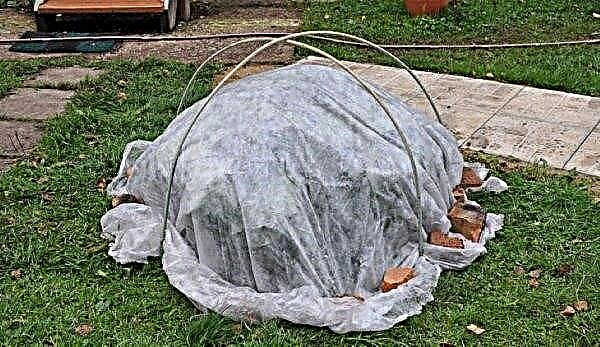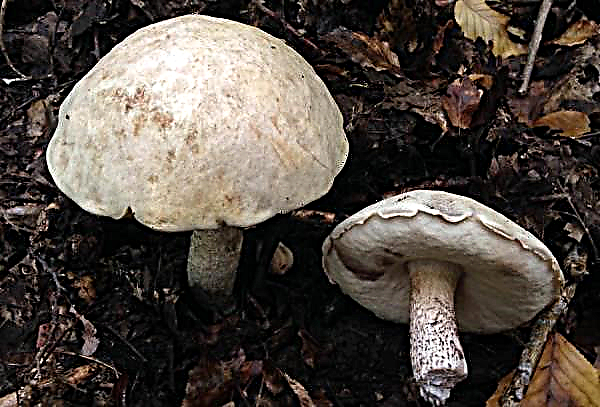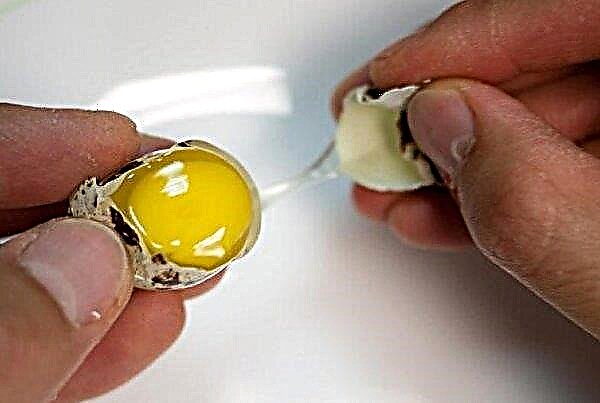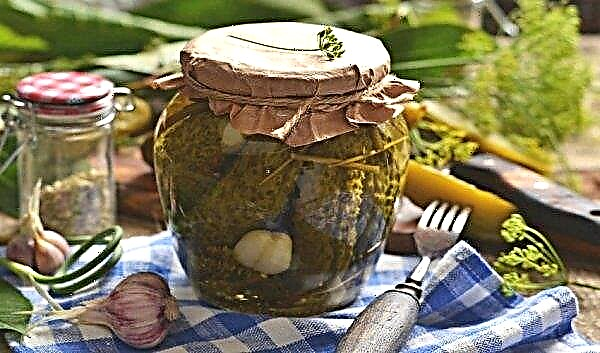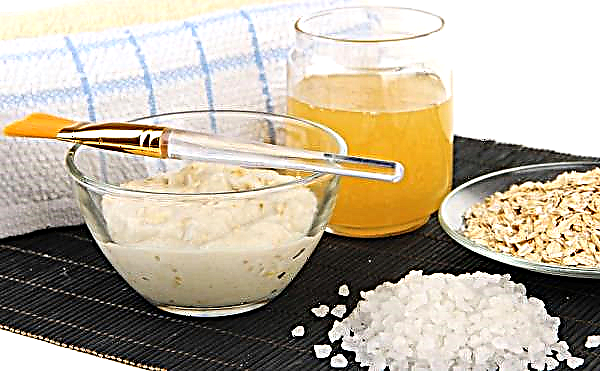Noble ficus microcarp is usually grown for aesthetic purposes, although its healing properties for human health are also known. A well-groomed bush is able to transform the interior and add a touch of sophistication to the room. In order for the plant to have a luxurious appearance, you should understand all the intricacies of its cultivation before buying.
Botanical description of the plant
Ficus microcarpus is a small tree with an unusual root system that rises above the ground and intertwines in various interesting variations. The trunk branches into shoots from which the leaves grow. Each leaf grows up to 10 cm long and up to 5 cm wide. The shape of the leaves is oval, green with a glossy sheen.
Care in the first days after purchase
The subsequent well-being of the plant depends on the correct behavior of the flower grower in the first time after buying a ficus.
After the ficus of the microcarp is brought home from the store, you must perform the following steps:
- A flowerpot with a plant should be placed in a place with moderate lighting. It is necessary to shade it from bright sunshine. The window sill in this case will not work. Better to choose a place away from the window.
- Movement of the container with the plant is best avoided.
- Leaves should be washed with a damp cloth or napkin. You can also resort to spraying, but it is better that the water does not touch the trunk. This is especially important if the leaves began to fall.
- The soil should be moderately moistened and dry.
- Humidity must be maintained at a high level. Use of a humidifier is allowed.
Did you know? In the natural environment, ficus microcarpus can be found in the tropical forests of Japan, China, Malaysia, India, the Philippines and Australia. There it grows on other plants, since it is an epiphyte.
House growing conditions
In order for the bush to take root and continue to grow, it is necessary to place it in a room with a suitable microclimate. Ficus microcarpus loves stability, so it's best to immediately take care of temperature, humidity and lighting.
Lighting
The plant loves moderate diffused light. However, when choosing between intense sunlight and shading, it is better to choose a light shadow.

Ventilation
If the room in which the plant is located needs to be ventilated, care must be taken to ensure that no draft is created in it. Direct wind currents have a detrimental effect on the general condition of the ficus.
Temperature mode
The temperature framework for the content of ficus microcarp is quite wide and amounts to +16 ... + 23 ° С. Indicators can drop to + 12 ° C and rise to + 25 ° C. Temperature outside these parameters negatively affects the plant.
Important! Sudden changes in temperature of more than 4 degrees should not be allowed, as this may lead to leaf falling.
Air humidity
Humidity should be increased. If the hygrometer readings fall below 50%, it is worth installing a humidifier. In the heat, spraying foliage from a spray bottle will also help.
Further care at home
When the ficus microcarpus after the purchase has successfully adapted to new conditions, it is necessary to continue competent care for it. The vital activity of the plant and its growth indicators depend on this.
Watering
The frequency of watering depends on the individual indicators of each tree. You should focus on the level of drying of the soil. If the top layer is 2-3 cm thick dry, you should resort to moistening the soil.
Watering should have a temperature not lower than room temperature. It’s better to be even a little warmer. Ideally, thawed, rain or sedimented water is ideal. The soil needs to be watered by irrigation, and the leaves by spraying.
Top dressing
Fertilizing is necessary during the period of intensive development, which at the ficus of the microcarp begins in spring and ends in autumn. The frequency of feeding is determined by the chosen drug, most often you need to feed every 2 weeks.

A good option would be a special fertilizer for ficus. You can also use drugs designed for bonsai. Top dressing is applied in liquid form before watering or with it.
Pruning
Trimming is necessary for the ficus of the microcarp to design a beautiful crown. It is best to carry out the procedure 2 times a year, in autumn and spring. Not only lateral shoots should be cut, but also the central trunk. It is also important to remove old and old leaves.
Transfer
Ficus microcarpus loves stability, so it is difficult to tolerate frequent transplants. Change the pot and renew the soil should be no more than 1 time in 2-3 years. It is better to carry out the transplant procedure in the spring, when the plant has already left the winter dormant period.
The soil for this plant needs breathable and well-distributing moisture. Clay soil is not suitable for these purposes. With independent preparation, peat and leaf soil, turf and sand should be mixed in equal proportions. You can purchase a ready-made universal substrate in a specialized store.
A prerequisite for ficus is the presence of drainage. For this, you can use a mixture of coal and expanded clay.
When choosing a pot, the main thing: pay attention to its size. It should be several centimeters larger than the previous diameter.
The transplant process is as follows:
- Pour drainage to the bottom of a new pot.
- Remove the ficus from the old pot.
- Fully or partially remove the old earth from the rhizome.
- Move the plant to a new pot.
- Fall asleep with a prepared substrate.
Breeding
The most common method of propagating ficus microcarp is cuttings. You can also propagate the plant with seeds and layering. Each of these methods is distinguished by its subtleties.
Cuttings
Propagation by cuttings involves the separation of one shoot and its subsequent rooting.
The process should occur according to the following algorithm:
- Cut off the top of the stem with a knife. It is important that it is partially lignified.
- Place the cuttings in a container with settled water with the cut down and leave for 24 hours.
- Move the handle in a container with warm water, to which crushed charcoal should be added first.
- After the appearance of the first roots, take out the stalk and immerse it in a pot filled with a substrate and cover it with a transparent container, for example, a jar. The soil must be moistened periodically, not bringing it to dryness, but at the same time not allowing excessive moisture.
- When the first leaves grow, the jar needs to be removed.

Layering
It is desirable that the propagation by layering was carried out on the ficus, which had previously been rooted from the cuttings.
In order to root layering, you must adhere to the following instructions:
- On one of the shoots to retreat some distance from the top (50-60 cm).
- At the alleged location of the layering, cut off the bark around the circumference of the stem. The length of the section with cut bark should optimally be up to 3 cm.
- To process a place of a cut "Kornevin".
- Wrap the slice with a layer of moss-sphagnum about 5 cm thick.
- Wrap sphagnum with plastic wrap.
- Roots growing from this place will break through the film after some time. After that, you can cut the shoot a little below the root formation and transplant into a separate container.
Did you know? A relative of indoor ficus is a fig tree, or fig. Interestingly, this tree can grow in completely unbelievable conditions. There are cases when figs grew directly on a stone wall.
Seeds
The seed is first stratified, that is, placed in a damp cloth, wrapped in polyethylene and put into the refrigerator. The period of stratification depends on the seeds themselves, usually it is up to 3-4 weeks, but it is better to carry out the process in accordance with the recommendations of the seed producers.
For sowing seed material, you must first prepare the tank. It should be a shallow container, filled with drainage from below, and suitable soil from above.
Sowing is as follows:
- Prepared seeds moisturize.
- The soil is watered.
- Spread the seeds on the soil.
- Sprinkle the contents of the pot with a thin layer of sand.
- Cover the container with polyethylene or a glass product.
- Put the container in a warm and bright place.
Important! Sowing seeds is best done in the spring, because this season is optimal for planting.
Growing difficulties
Experienced growers highlight a list of problems that the owner of a ficus microcarpus may encounter.
Each of them can be solved in a certain way:
- Fallen leaves. This common problem is that the ficus of the microcarp drops its leaves. The owner’s actions regarding what to do in this case should be based on the root cause of the problem. This can be a sharp jump in temperature, exposure to strong air currents, frequent movement of the flowerpot with the plant, too shaded location or moistening the soil with cold water.
 The owner should analyze his care for the ficus and make adjustments to it. If the leaves fall off immediately after purchase, the problem may lie in the adaptation period. In this case, it is enough to spray the leaves with water and wait for the moment when the plant settles in a new place.
The owner should analyze his care for the ficus and make adjustments to it. If the leaves fall off immediately after purchase, the problem may lie in the adaptation period. In this case, it is enough to spray the leaves with water and wait for the moment when the plant settles in a new place. - Dark swirling leaves. With such symptoms, a sunburn may occur. The plant in this case should be shaded.

- Gray spots on the leaves. It is necessary to check the roots, since the development of root rot is possible. Affected areas of the plant must be removed, reduced watering and more often drain the water from the pan.

- Spider mite. Ficus microcarp is relatively resistant to pests, but it can be attacked by a spider mite. If there is a gray cobweb-like plaque, it must be removed using warm water or a soapy solution. It is also advisable to replace the substrate with a new one. The main reason for the appearance of a spider mite is a reduced air humidity, therefore, this parameter should be adjusted in the future.

Ficus microcarpus refers to a beautiful and rather unpretentious decorative and deciduous plants. With proper care, it will successfully grow and delight its owners with a luxurious and exotic appearance.

 The owner should analyze his care for the ficus and make adjustments to it. If the leaves fall off immediately after purchase, the problem may lie in the adaptation period. In this case, it is enough to spray the leaves with water and wait for the moment when the plant settles in a new place.
The owner should analyze his care for the ficus and make adjustments to it. If the leaves fall off immediately after purchase, the problem may lie in the adaptation period. In this case, it is enough to spray the leaves with water and wait for the moment when the plant settles in a new place.


